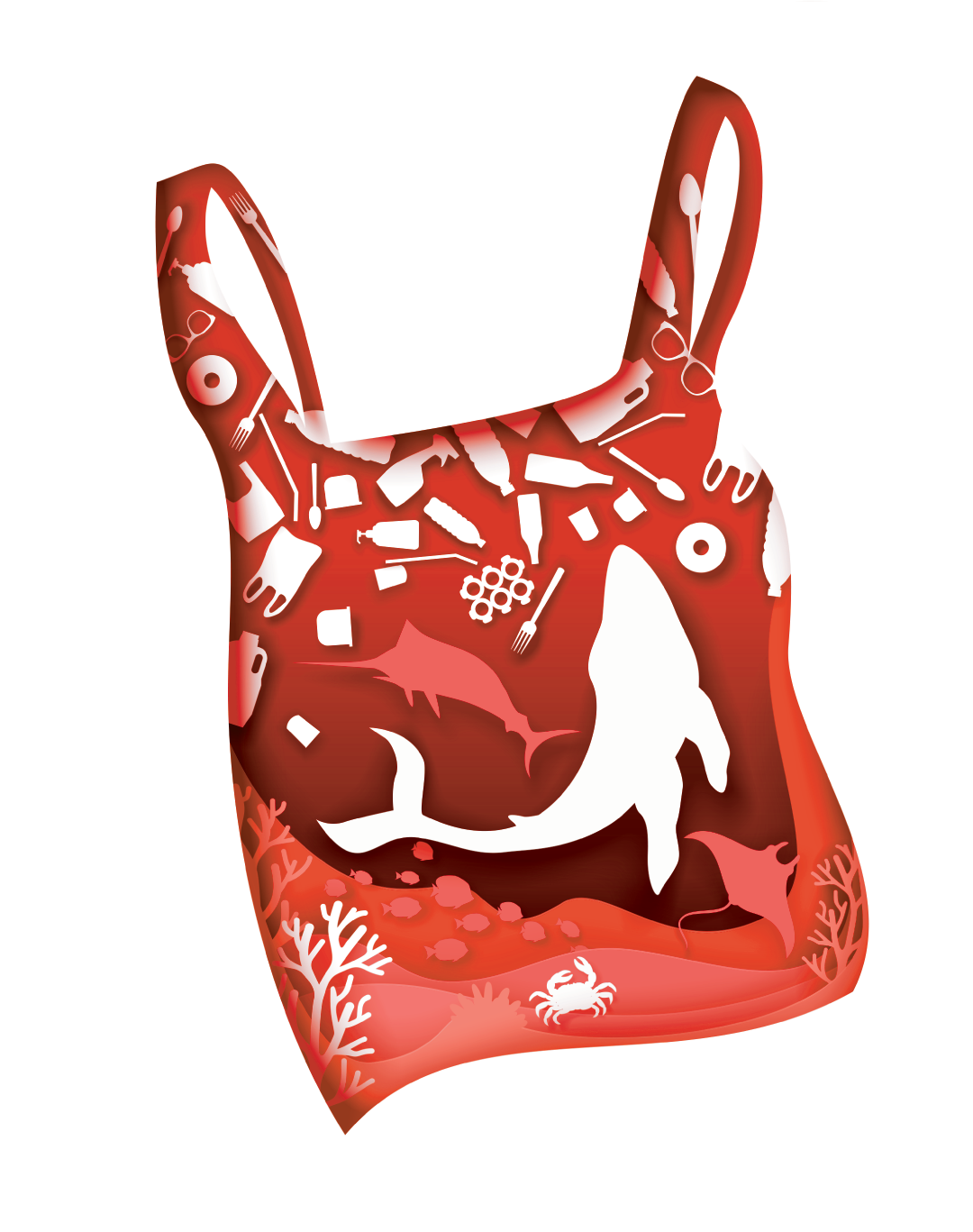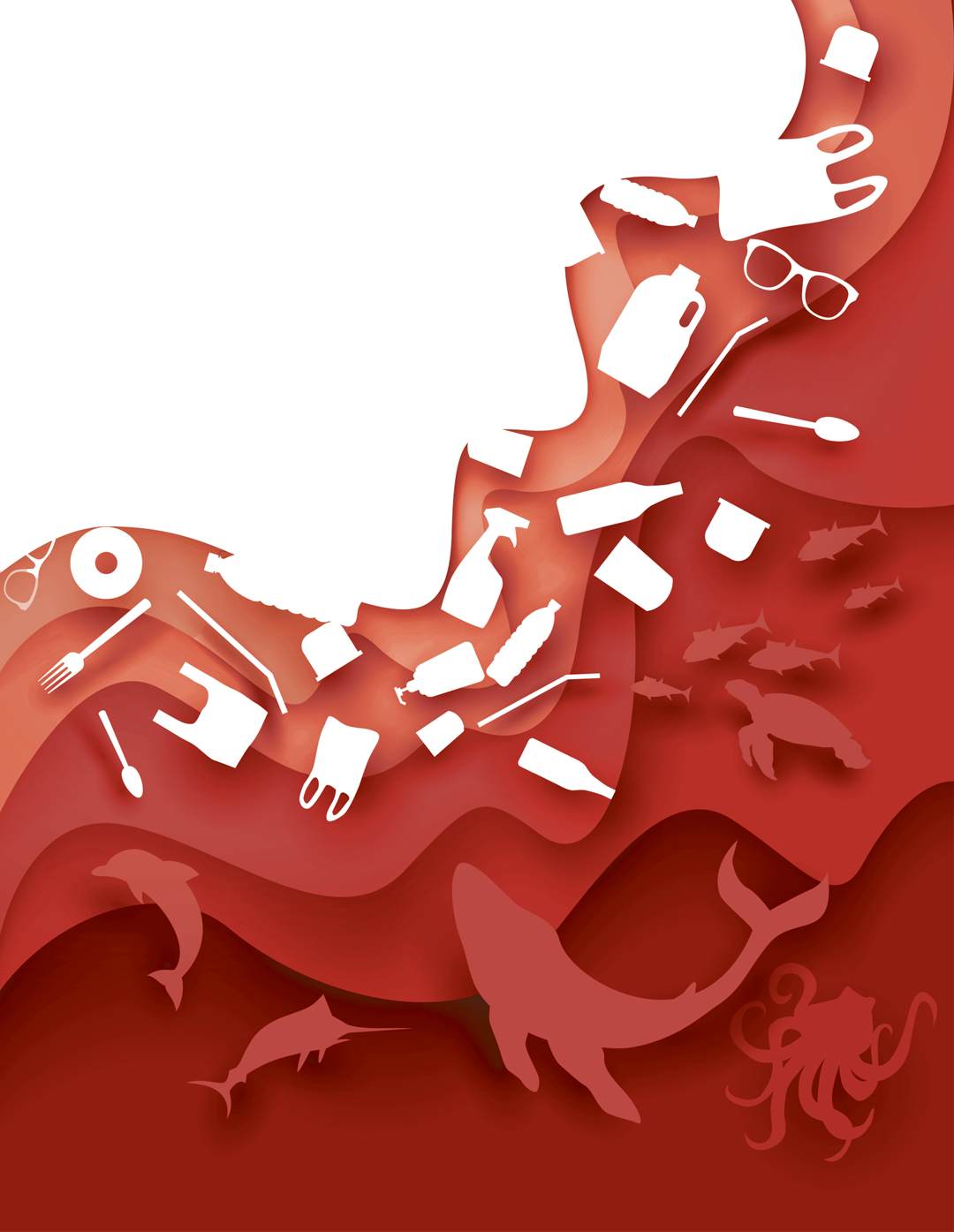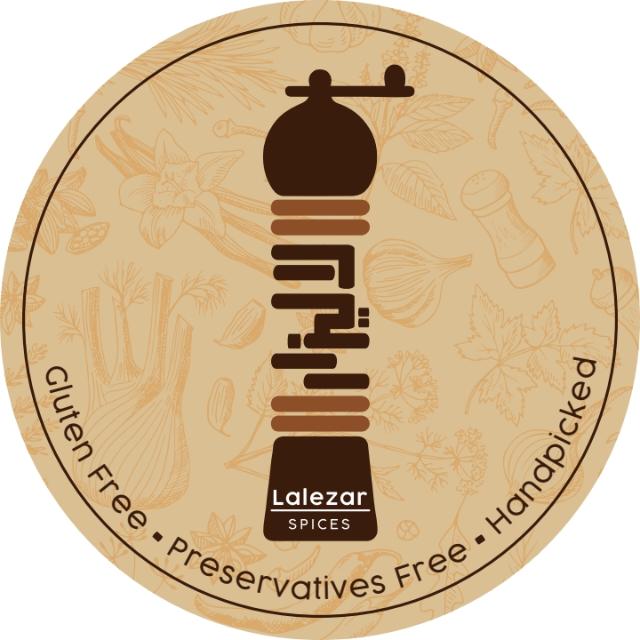The Global Solution:
A global problem requires a global solution with the help of policymakers and people in political power. It is mainly proposed for what has to do with supply chains and international trade which is rife with propagating plastic pollution to its highest degrees.
Thus it can be understood that the game relies on being part of alternative production methods, and different raw materials excluding polyester or nylon, and so on
Brio as part of the global solution:
Brio Bags contributes to its message of raising awareness towards helping marine life prosper through designing reusable bags made of biodegradable fabrics as an alternative to plastic disposable ones. It reflects environmentalists’ ambitions and individual environmental concerns through creative designs made by local eco-artists. Aiming to collectively enforce sustainable policies, as well as influence individuals’ daily behaviours.

Imminent catastrophes behind the scenes
Extreme weather conditions carry plastic waste from land to sea. Around 200 million tons of plastic are poured into our oceans today. Rendering it a huge sink for global pollution
The Global Solution:
A global problem requires a global solution with the help of policymakers and people in political power. It is mainly proposed for what has to do with supply chains and international trade which is rife with propagating plastic pollution to its highest degrees.
Thus it can be understood that the game relies on being part of alternative production methods, and different raw materials excluding polyester or nylon, and so on
Brio as part of the global solution:
Brio Bags contributes to its message of raising awareness towards helping marine life prosper through designing reusable bags made of biodegradable fabrics as an alternative to plastic disposable ones. It reflects environmentalists’ ambitions and individual environmental concerns through creative designs made by local eco-artists. Aiming to collectively enforce sustainable policies, as well as influence individuals’ daily behaviours.


What harm does it have on our lives?
The effects are dire for our overall health and generations to come. Plastic pollution accounts as a focal point for future disasters on all living species with a much more spread of disease and exosystemic mayhem
The Global Solution:
A global problem requires a global solution with the help of policymakers and people in political power. It is mainly proposed for what has to do with supply chains and international trade which is rife with propagating plastic pollution to its highest degrees.
Thus it can be understood that the game relies on being part of alternative production methods, and different raw materials excluding polyester or nylon, and so on
Brio as part of the global solution:
Brio Bags contributes to its message of raising awareness towards helping marine life prosper through designing reusable bags made of biodegradable fabrics as an alternative to plastic disposable ones. It reflects environmentalists’ ambitions and individual environmental concerns through creative designs made by local eco-artists. Aiming to collectively enforce sustainable policies, as well as influence individuals’ daily behaviours.

The Global Solution:
A global problem requires a global solution with the help of policymakers and people in political power. It is mainly proposed for what has to do with supply chains and international trade which is rife with propagating plastic pollution to its highest degrees.
Thus it can be understood that the game relies on being part of alternative production methods, and different raw materials excluding polyester or nylon, and so on
Brio as part of the global solution:
Brio Bags contributes to its message of raising awareness towards helping marine life prosper through designing reusable bags made of biodegradable fabrics as an alternative to plastic disposable ones. It reflects environmentalists’ ambitions and individual environmental concerns through creative designs made by local eco-artists. Aiming to collectively enforce sustainable policies, as well as influence individuals’ daily behaviours.
Our Products


Blog Posts


Our Portfolio


Initiatives


The initiative
The Initiative is a project launched by the BRIO Bags team to establish a relationship with local businesses and encourage them to take eco-friendly actions that influence their customers and contribute to changing the customers' presumptions about the eco-friendly lifestyle. We are doing this by providing businesses with high-quality reusable bags branded with their logos at a highly affordable price.
the businesses involved:
Shaya Kombucha
Design by Usha
Circular hub
Tripulley
Bassem Zawdeh
Soufi's Printshop
Baking Room
the businesses involved:
Shaya Kombucha
Design by Usha
Circular hub
Tripulley
Bassem Zawdeh
Soufi's Printshop
Baking Room
The second initiative
this initiative took place with "Shift" being a business support/community centre non-governmental organization as part of its social enterprise support project where there happened an exchange of Brio's products over 10 months with a diverse messaging campaign for each targeted group among the underprivileged communities in Tripoli. Brio's part was to further examine and study what resonates with people and make a connection with how they can be aware of current environmental concerns through a variety of products
Contact Us


Info
Tripoli - Lebanon
Points of sale
Smar Jbeil, Batroun, Lebanon
Ein El-Mrayse, Beirut, Lebanon
Tripoli, Lebanon
Zehriye, Tripoli, Lebanon

Subscribe to Newsletter
Signup for our newsletter to get the latest news, updates and amazing offers delivered directly in your inbox.
Contribute To The Environment




